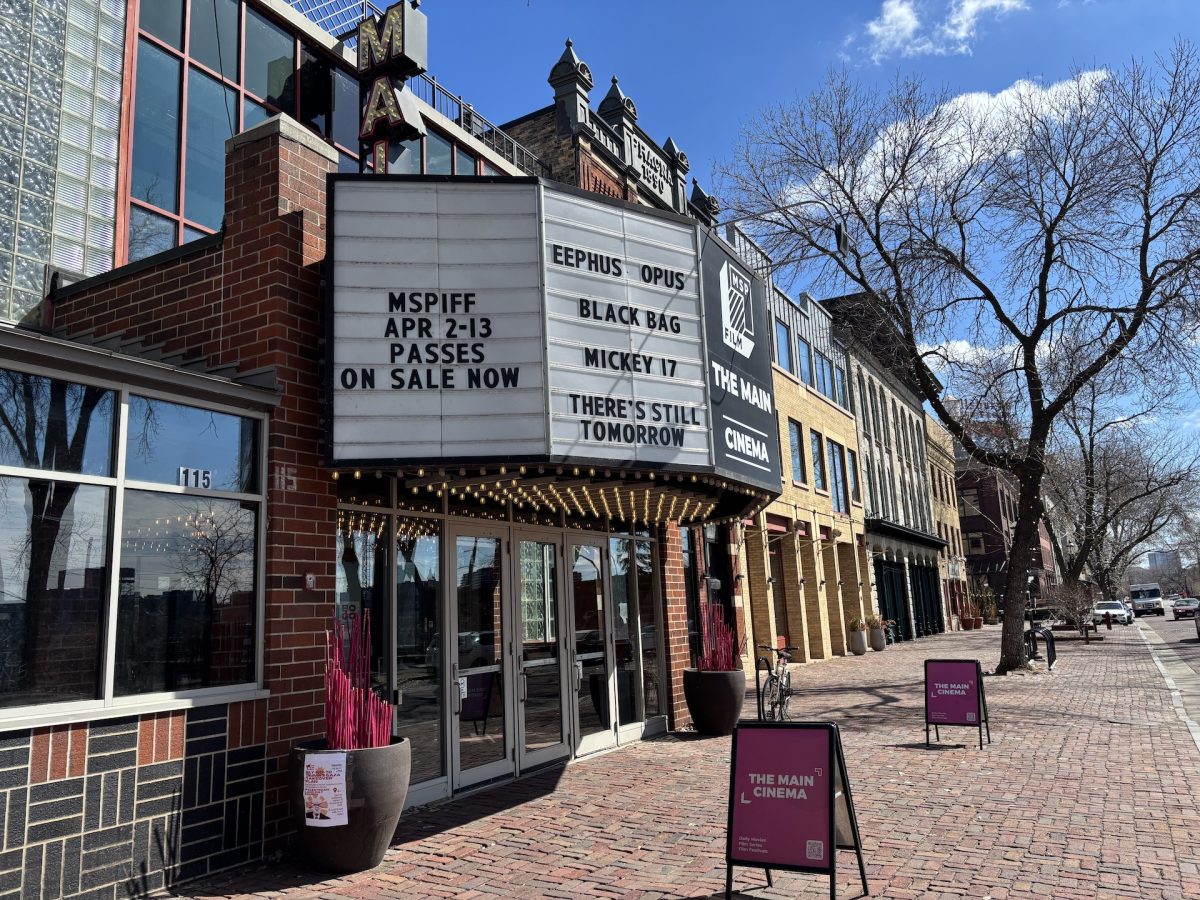Like director David Fincher’s 1995 film, “Se7en,” his latest release, “Zodiac,” plays with the viewer’s sense of control over the action by limiting its protagonists’ omniscience to a series of dead-end clues and theories that, in similar mystery films, come prepackaged as a reward for simply sticking it out to the end.
Yet, whereas “Se7en” ultimately brings its serial killer in direct dialogue with its detectives and thus, in a sense, with its viewers – like a heart to heart on a daytime talk show – “Zodiac” denies the viewer any illusory chance to grab hold of its murderer, and the endless files of information documented throughout the film quickly seem as barren as a newspaper without words – or, as might be the point, one filled with page after page of them.
The film is based on an actual open case from the ’60s and ’70s in the San Francisco Bay Area. Fincher’s scrupulous attention to detail works on two levels: as a disciplined journalist or detective bound to individual facts that string together into a complex, coherent narrative on one hand, and as an artificial rhetorical trope used to subvert our preconception that with knowledge comes power on the other.
The film opens with the unrelentingly clumsy murder of a teenage girl and attempted slaying of her boyfriend while the two get close in their parked car near some bluffs at twilight.
The killer pulls his car behind them, drives away, and then returns to shoot them multiple times, departing and coming back again with a second round of shots as they writhe hopelessly in and around the car.
There is no moral conveyed, no punishment for sexual promiscuity, no ideological conflict between young, white affluence and the dregs of the lower classes – just senseless murder.
After this and the subsequent killings, the man responsible calls the police station to report the murders and claim responsibility. He then sends cryptic messages to the police department and the San Francisco Chronicle, the newspaper that printed regular stories about the murders.
But neither the inner psyche of a murderer nor the society reportedly responsible for spawning it is ever the film’s subject.
Instead, the film surveys three men whose lives become entangled in the case and the tense atmosphere that overcomes a community rendered powerless by terror (Think about the Beltway sniper attacks in the D.C. area in 2002), an atmosphere heightened by the media’s supposed responsibility to inform.
Robert Graysmith (Jake Gyllenhaal) is a cartoonist at the San Francisco Chronicle from whose books the film’s screenplay was adapted. He’s quiet and industrious, described as a “Boy Scout,” which he quickly emends to “Eagle Scout.”
During the first half of the film, he continually looms over the desk and shoulder of Paul Avery (Robert Downey Jr.), a self-destructive alcoholic who wrote most of the articles covering the Zodiac case.
The third protagonist is David Toschi (Mark Ruffalo), a practical, insightful detective who is initially assigned to the case and to whom Graysmith turns in the latter half of the film, when Avery has lost his job at the Chronicle along with his interest in the case.
Their every assumption is led astray as Fincher’s direction, above all else, reveals the swiftness by which a medium can alter your thoughts, sending your mind against itself as you contemplate the “facts.”
Perhaps cleverest of all are the innumerable timestamps: two weeks later; one and a half days later; one hour later; 1983; seven and a half years later; August 16th, 1991. Their specificity makes them generic, like so many headlines of unfortunate car bombings.
At nearly two hours and 40 minutes, “Zodiac” is something of an anomaly; it’s an epic that never leaves the Bay Area, a mystery that is never solved and a media product that celebrates the unverifiable through facts.







